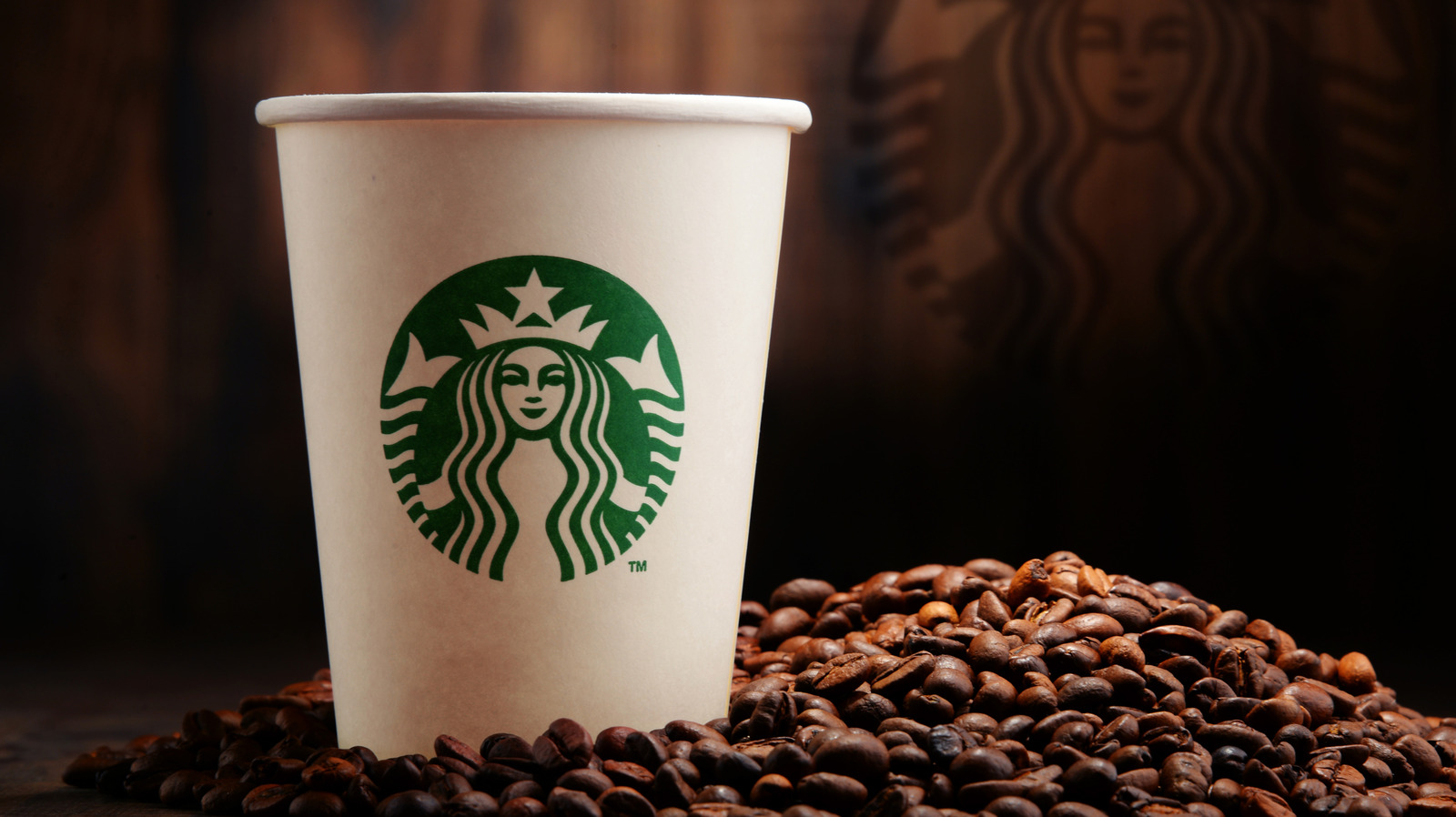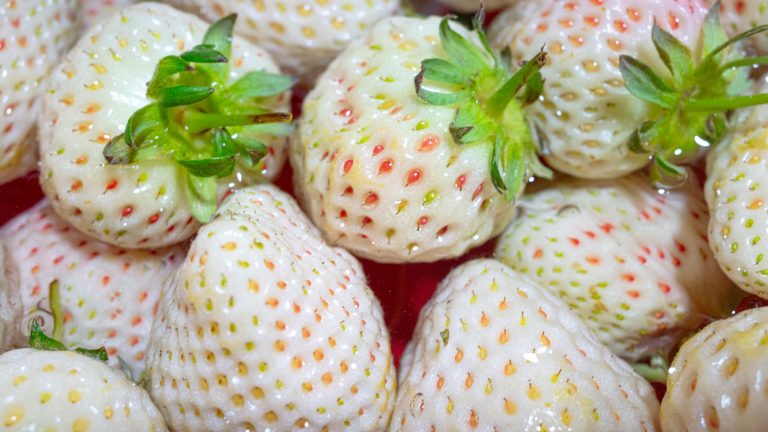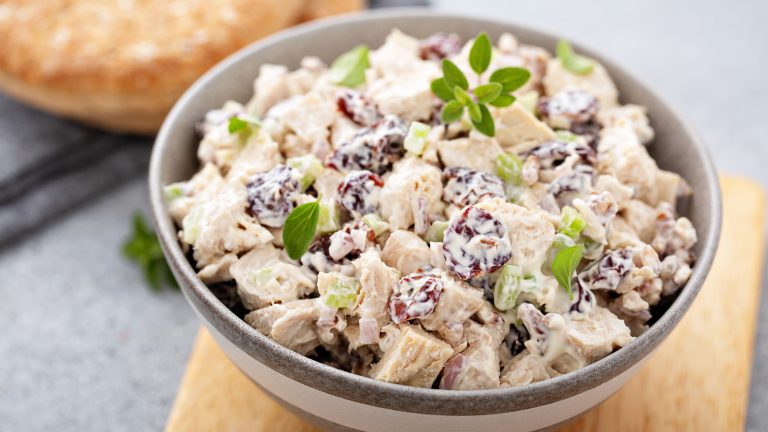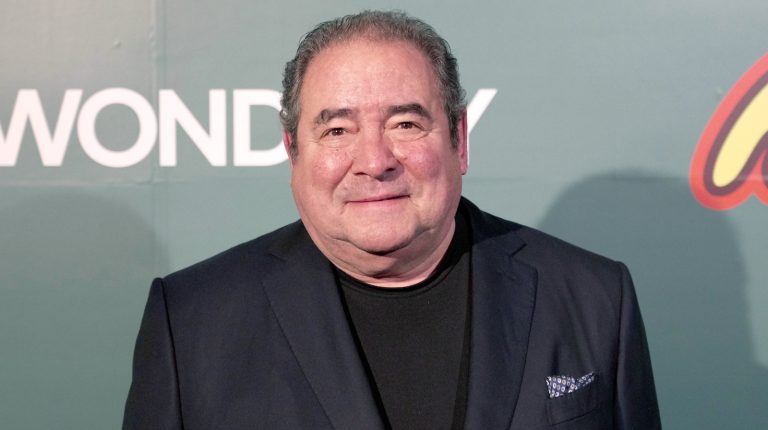We may receive a commission on purchases made from links.
After weaning yourself off caffeine, it can be satisfying to enjoy a rich, flavorful cup of Starbucks decaf coffee. Unlike some competing brands, the decaf tastes almost identical to the real-deal buzzy version. However, before you order a second cup, we need to burst the liquid bubble, metaphorically speaking, because that cup of Starbucks decaf isn’t entirely free from caffeine. The decaffeination process removes most of the caffeine from coffee beans — but it still leaves some steeping inside your cup, whether it’s from Starbucks or elsewhere. A tall decaf brewed coffee from Starbucks contains around 20 milligrams of caffeine, per the company’s menu nutrition information.
That may be disappointing news, but it’s still significantly less than its fully caffeinated counterparts. Given that the U.S. Food & Drug Administration (FDA) advises a maximum of 400 milligrams per day, 20 milligrams is literally a tiny fraction. To get a clear view of the different caffeine levels lurking inside similar coffee drinks, it helps to understand the Starbucks approach to drink sizes.
Instead of categorizing its drinks as small, medium, large, and extra-large, the company uses its own sizing system. Starbucks named cup sizes range from the three-ounce demi for espresso shots, to eight-ounce short for hot drinks only, the 12-ounce tall, 16-ounce grande, 20-ounce venti, and the 30-ounce trenta for certain cold drinks. But the tall drink we’re using here for caffeine comparisons is 12 ounces, a size that many coffee shops would call a medium drink. Starbucks’ mash-up of English and Italian words to indicate size for some drinks and volume for others can be confusing.
How Starbucks tall decaf compares to other drinks
Keep in mind that, for valid comparisons, all Starbucks drinks here are 12-ounce drinks, and all are standard caffeinated beverages. While the go-to Starbucks Decaf Pike Place Roast, named after the Seattle public market still cradling the original Starbucks store, carries 20 milligrams of caffeine in the tall 12-ounce cup, its high-strung cup-mates have way more. A regular, caffeinated, tall Pike Place Roast coffee contains around 235 milligrams, while the lighter Veranda Blend Blonde Roast tucks 270 milligrams into the same-size cup. The standard Starbucks Dark Roast harbors relatively less caffeine, at 195 milligrams per 12-ounce cup.
Then there’s the more nuanced coffee preparations such as cold brews and nitro cold brews with 155 and 214 milligrams respectively. So really, even though decaf coffee does bring some caffeine into your cuppa Joe, it’s still far less than standard coffee brews. And remember, a trip to Starbucks doesn’t have to involve caffeine at all: Check out our ranked list of 17 completely caffeine-free Starbucks drinks.
Speaking of cold drinks, let’s not forget the other caffeinated beverage consumed daily by millions of folks around the world. We’re talking soda, of course. The same 12 ounces of popular canned soda brands actually have far less caffeine than coffee, ranging from 34 milligrams for regular Coca-Cola to 46 milligrams of caffeine inside a Diet Coke can. The company does state that its Coke Zero Caffeine Free doesn’t contain any caffeine at all (unlike the slightly misleading decaf coffee at Starbucks and elsewhere). For more caffeine-free soda sipping, stick with Sprite and 7-Up, each measuring zero milligrams. For more soda intel, here’s where to learn the caffeine content in 24 popular sodas.






